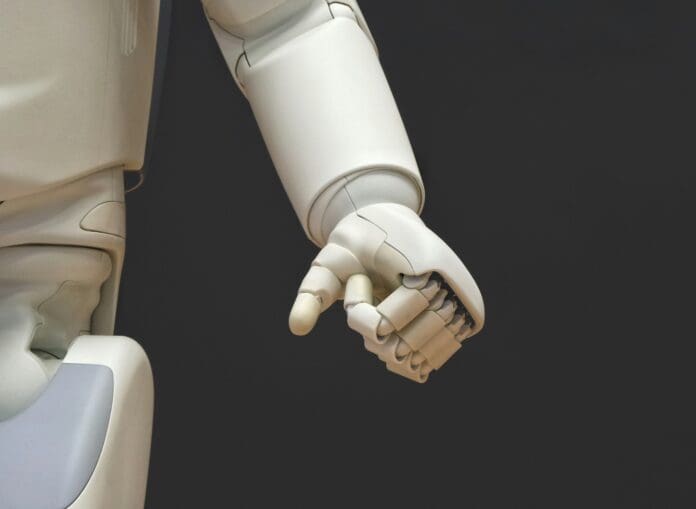This post is also available in:
 עברית (Hebrew)
עברית (Hebrew)
In a study led by the University of Surrey, researchers have developed a bio-inspired method that allows robots to anticipate when an object might slip and adjust their movements accordingly, resulting in safer and more reliable robotic operations. This new approach to robotic gripping that could revolutionize how robots handle fragile, slippery, or irregularly shaped objects.
Traditional robotic systems have relied on increasing grip force to secure objects, but this method can be ineffective, particularly when handling delicate items. The new technology, however, allows robots to mimic human-like adjustments. For instance, when sensing something they’re holding begins to slip, a person will instinctively adjust their grip or motion—slowing down or repositioning their hand—rather than simply squeezing harder. Similarly, the robots equipped with this system can make real-time adjustments to prevent slippage without overexerting force.
According to the press release, the key to the new technology is a predictive control system that uses a “tactile forward model” to continuously assess the object’s movement and predict potential slippage. This system doesn’t rely solely on prior training but is capable of adapting to objects and movements it hasn’t encountered before, making it highly versatile for real-world applications.
The study, published in Nature Machine Intelligence, shows that this method improves the stability of robotic grasping, especially in unstructured environments. The robots can better adjust their actions in dynamic conditions, ensuring a more secure grip on objects even in unpredictable situations.
This advancement holds significant promise for a wide range of industries, including healthcare, manufacturing, and logistics. For instance, robots could safely handle delicate medical instruments during surgery, assemble intricate components in manufacturing, or sort awkwardly shaped packages in logistics. The researchers believe their work opens up new possibilities for integrating robots into everyday tasks, making automation more accessible and efficient across various sectors.
By introducing a system that mimics human-like adjustments for slip prevention, the researchers hope to pave the way for smarter, more adaptable robots that can perform complex tasks with greater precision and safety.


























